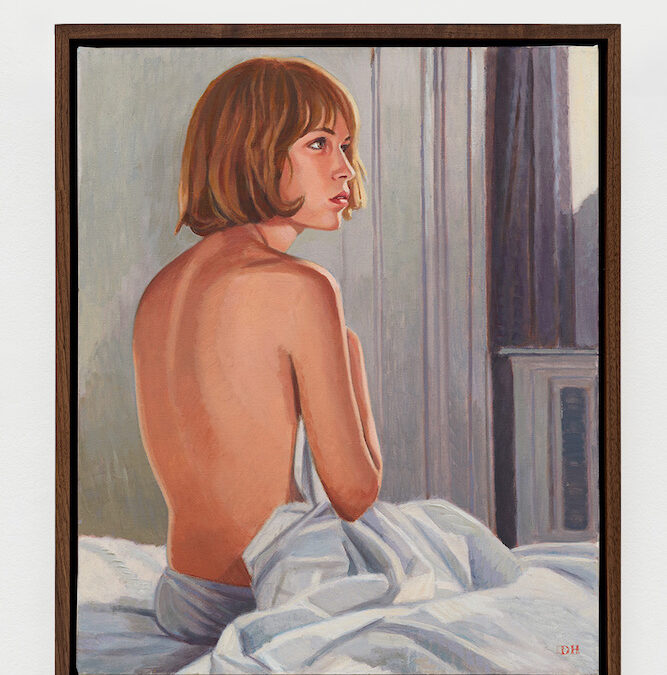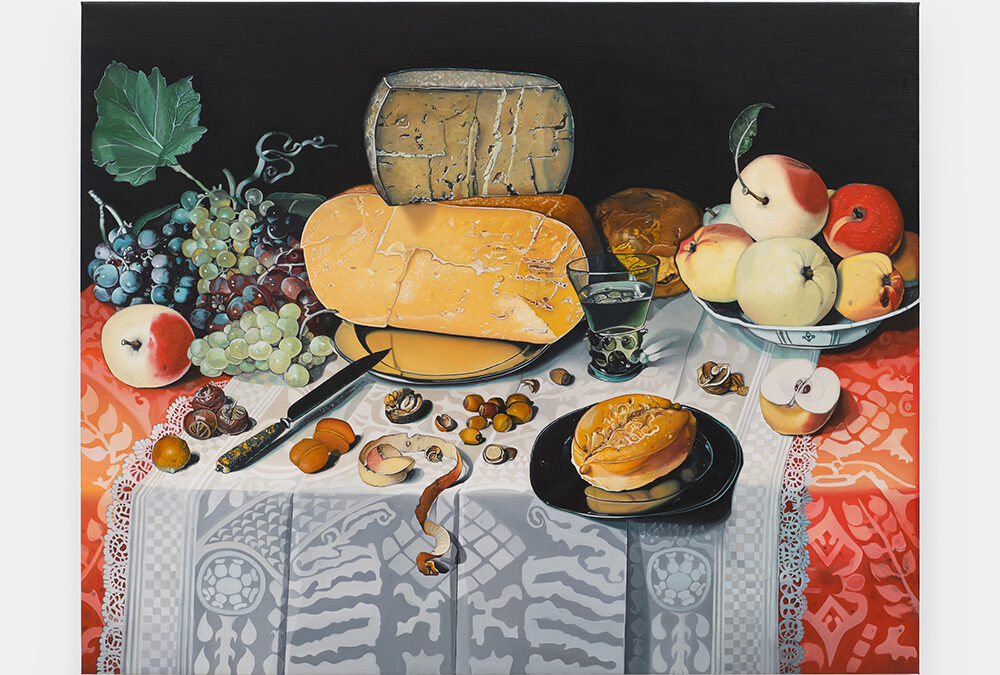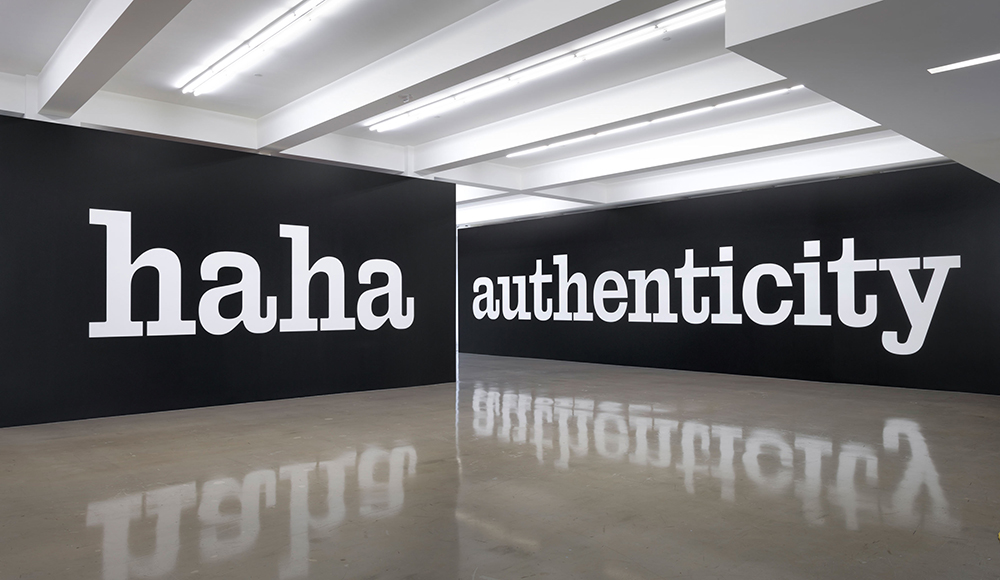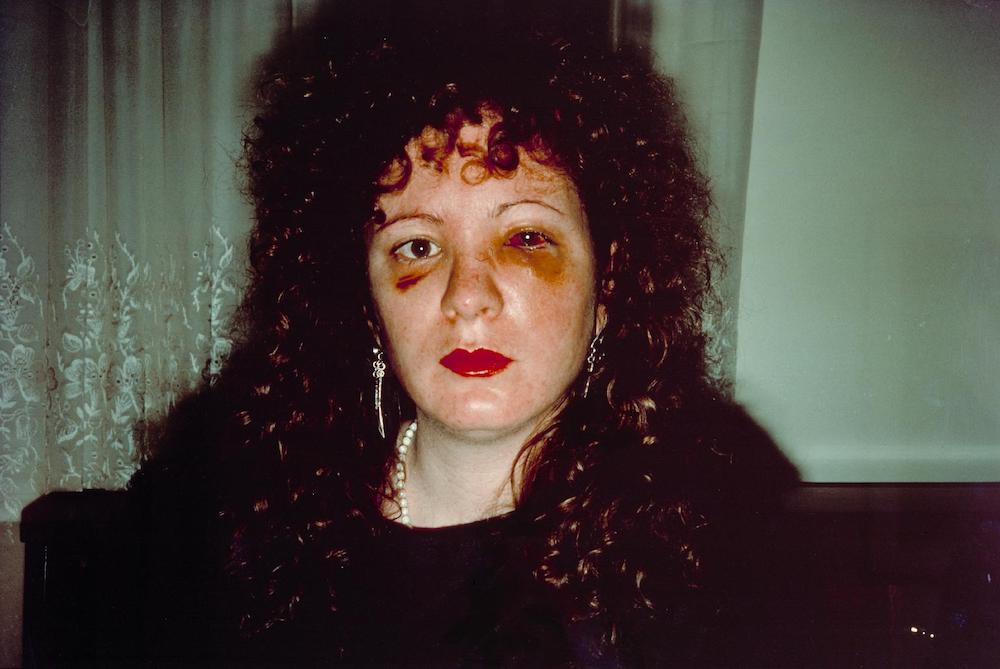In the early years of cinema, actors were treated as crew members working the conveyor belt of industrialized studio systems. But by the silent-film era of the 1910s, the star system had begun to take hold, with close-ups articulating a visual language of desire...





